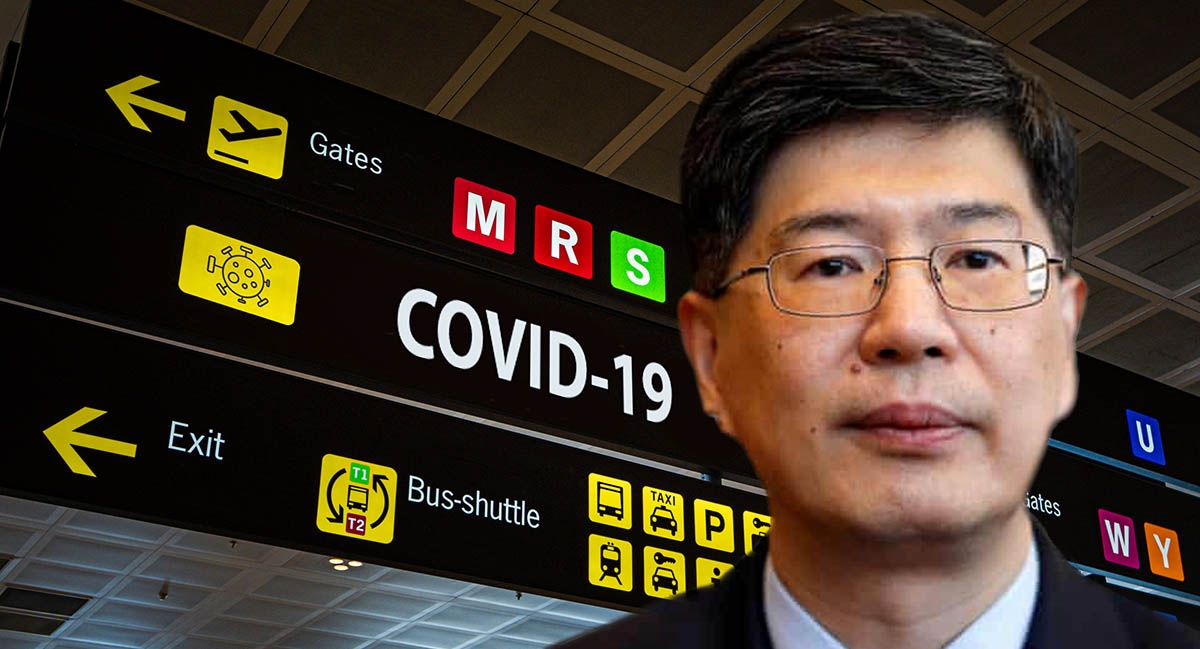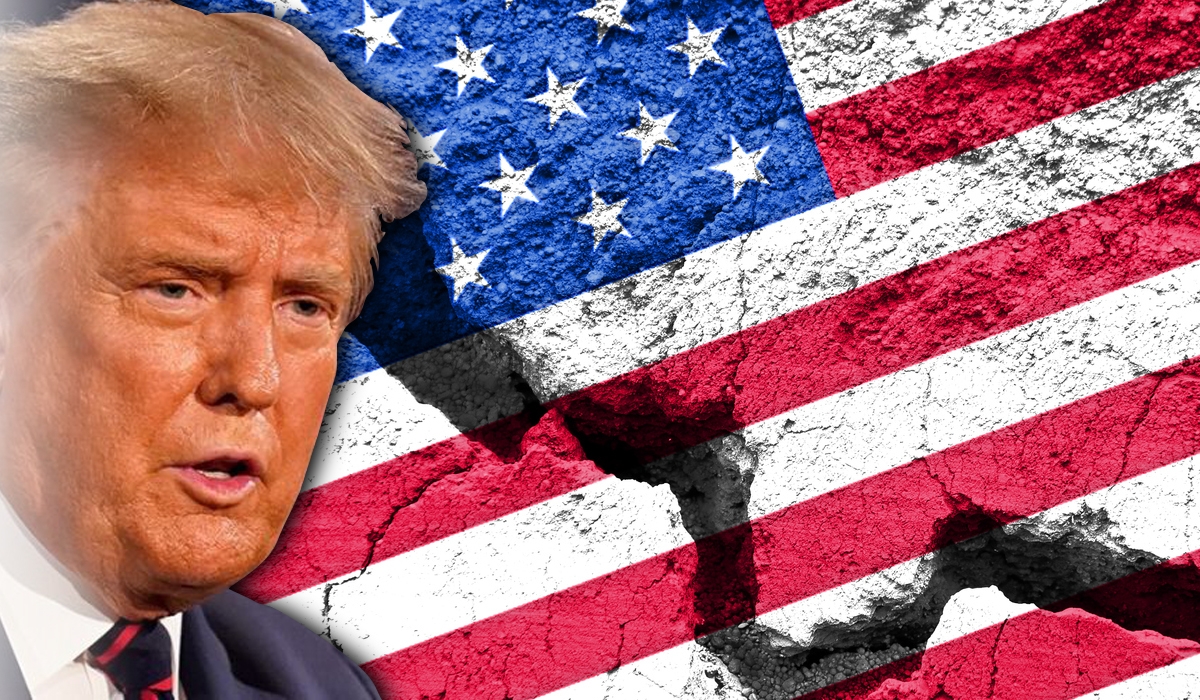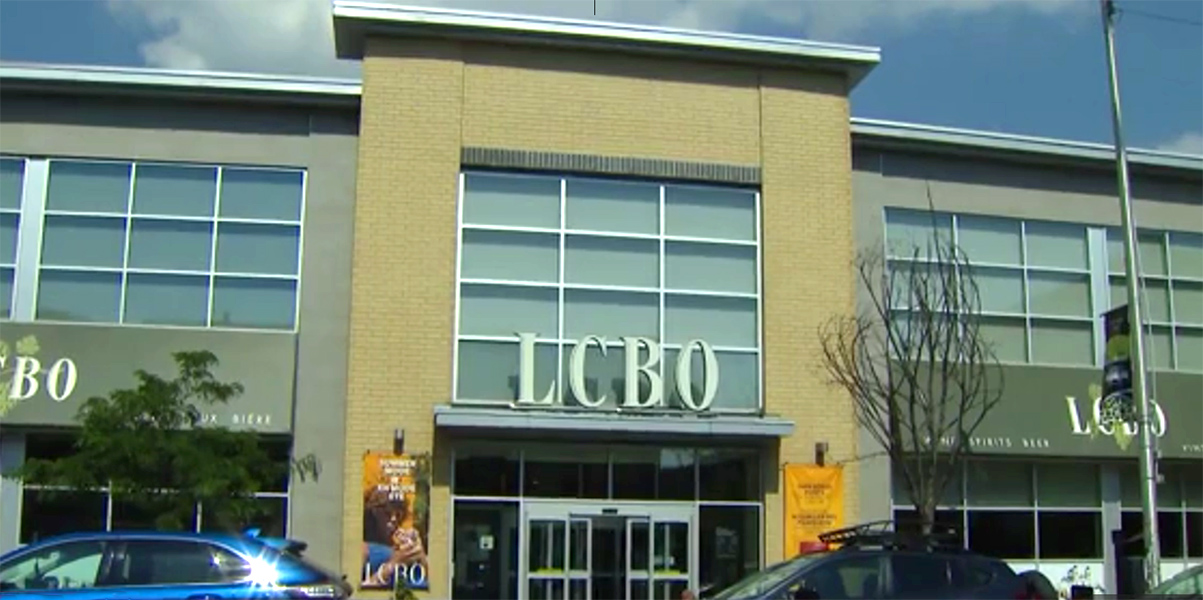
Saab AB, Lockheed Martin, Boeing: May the best plane win
You’d think a country with a vast arctic frontier sitting on top of the 2nd-largest geographical footprint on the planet would make defence and territorial surveillance, and therefore military procurement, a top policy priority. Not this country.
The sad tale begins with the Ross rifle, the Canadian-made preference to the British Lee-Enfield rifle that would have equipped Canadian forces similarly to other troops from the Empire during WWI. Sir Sam Hughes, minister of Militia and Defence, was an ardent supporter of the Ross, but the Ross had the unfortunate tendency of jamming and failing in battle, resulting in hundreds of thousands being withdrawn from service in 1916 and replaced by the Lee-Enfield.
Laurier’s government established the Royal Canadian Navy in 1909. It chugged along underfunded for decades until WWII when our fleet topped 471 fighting vessels that dominated the North Atlantic. 110 vessels and 10,000 men landed in Normandy in June 1944. Things skidded off the runway again with the legendary Avro Arrow, the often-cited example of world-leading Canadian innovation that failed to launch due to government apathy. Then there was the DEW (distant early warning) line, a string of 63 radar stations from Alaska to Greenland that left a toxic mess, requiring $575 million to clean up the chemicals. Or Canada’s on again/off again flirtation with nuclear weapons. Or Paul Hellyer’s integration and unification of Army, Navy and RCAF into a single green uniform. Or Mulroney’s disintegration with a wardrobe makeover of said forces in 1984, before he torpedoed DND’s nuclear submarine hopes. Is your head spinning yet? There’s more.
In 1993, Jean Chrétien won a general election in part thanks to his promise to scrap the Mulroney/Campbell purchase of the EH-101 helicopter, the replacement for the Sikorsky CH-124 Sea King, a twin-engined anti-submarine warfare helicopter designed for shipboard use by Canadian naval forces, based on the US Navy's SH-3. Chrétien called the EH-101 a "Cadillac" helicopter, especially relative to a federal deficit the size of Hudson Bay, making the purchase politically and fiscally untenable, even though the Sea Kings were 30 years old back then. They served the Canadian Armed Forces from 1963 to 2018.
Equipping military forces is extremely expensive. Healthcare tops the list of government budget lines here at home, compared to defence, homeland security, and veterans affairs in the US. We don’t wrap our identity in military might as do our benevolent neighbours, so frigates and jets are a hard sell when hospital wait times affect us all. We’re also a country that is letting the prime minister’s official residence degrade into an historical ruin.
There’s also the naive question by some regarding who exactly we are defending ourselves against. Russia may seem a very far ways away on the far eastern frontier of Europe, but it is in fact sitting up there just over the horizon from Ellesmere Island where arctic ice is giving way to an abundance of resources. At an April policy convention, the NDP's Spadina-Fort York riding association put forward a resolution which stated “An NDP government will commit to phasing out the Canadian Armed Forces. All members … will be retrained … into civil service roles that help expand Canadian, provincial and municipal social services, such as expanded health care, education, community services, public transit and parks.” The ludicrous resolution was rejected.
Canada needs new fighter jets. They come with a numbingly complex set of requirements. They have to operate here at home, where temperatures during northern operations could render them useless. They have to be compatible with the current CF-18 infrastructure and refuelling systems, both on the ground and in the air, and with our NATO partners and commitments. They have to be affordable to purchase and repair, and quick on delivery. The RCAF cannot settle for anything less, any more than you’d purchase a prototype autonomous vehicle, not knowing the delivery date, the garage bills, the warranty, or whether the thing is going to plug into standard charging stations or drive itself into the ditch during a snowfall. So if we know the requirements, why has the procurement of new jets flummoxed bureaucrats and ruling governments since Billy Bishop went to war?
Canada came oh-so close to purchasing F-35s stealth fighters from Lockheed Martin under a contract issued by the Harper government. The government had already sunk $637 million US into F-35 development contracts with 33 Canadian companies, beginning with the Chrétien government, no purchasing strings attached. So did other countries, all maneuvered by sexy claims by the Pentagon. Harper moved to purchase, and then came the questions.
Why did we need such stealthy gizmo-laden planes? Why did other purchasing countries run for political cover when technical issues emerged? It was Parliamentary Budget Officer Kevin Page who suggested that the price tag was lowballed and did not factor in “life cycle costs” that included all related expenses over the lifespan of the fleet. That’s when it all became yet another procurement election issue, with the neophyte Trudeau promising to cancel it. Shots were fired from all sides, underscoring one of the big stumbling blocks to military procurement in this country. It’s political.
UK PM Boris Johnson recently and casually announced that his country is boosting its nuclear arsenal to stave off foreign threats. He’s prepared to bolster Britain’s stockpile of Tridents by 40 per cent raising the cap from 180 to 260 warheads. God knows what the price will be, or how this will play out with the demise of the Reagan/Gorbachev 1987 intermediate-range treaty, or with Russia parked on Ukraine’s front door. But it doesn’t matter, because it’s jolly good hubris in a post-Brexit nation whose champions took back control; and will again, with weapons that will never be deployed, and if they are, well bugger the cost. Fascinating it happens in the UK with no real debate, by a majority government who is not fighting for reelection. If they can do it, why can’t Canada just build the ships and buy the jets? Post-COVID economic stimulus may finally provide the political rationale.
Military procurement is entangled in domestic economic spinoffs and the political capital contained therein. Canada does have an aerospace industry that can supply parts and assembly, so long-term post-procurement considerations include lucrative repair and maintenance contracts. The three companies vying for the latest jet contract are all stressing how their domestic contracts will dovetail with the Liberal post-COVID economic recovery plans. Finance Minister Chrystia Freeland’s first budget allotted $100 billion in stimulus spending over the next three years, intended to give the economy a post-pandemic shot in the arm. The government’s Future Fighter Capability Project has already allocated the estimated $19-billion needed for the purchase, meaning it does not add to the national debt and hopefully will not be politicized. The stimulus would be big.
Federal officials are now reviewing three fighter jet proposals, with a final decision expected sometime in 2022. The companies in the running are the American giants Lockheed Martin and Boeing, and Sweden’s Saab AB. All do faithfully swear to include Canadian parts manufactures and software developers at the core of their supply chain, and in adherence to the government’s industrial and technological benefit (ITB) policies. All three are touting the numbers.
Boeing’s twin-engine Block III Super Hornet is compatible with the RCAF’s existing pilot training, as well as 65 per cent of its current infrastructure and all of the current weapons stores. It will work in the Arctic on NORAD duty, and can refuel other Hornets, multiplying its effectiveness. Boeing has already delivered 800+ Super Hornet fighter jets tallying more than 10 million flight hours. According to Boeing, it would inject $61 billion into the Canadian economy over the 40-year life of the program.
Lockheed Martin is pitching its latest F-35 as being the answer, with a bonus $16.9 billion into the Canadian economy. Lockheed has supplied aircraft to the RCAF for more than 80 years. The F-35 Lightning II is an American family of single-seat, single-engine, all-weather stealth multi-role combat aircraft that is intended to perform both air superiority and strike missions. It is also able to provide electronic warfare intelligence, surveillance, and reconnaissance capabilities.
Finally, there’s the SAAB Gripen E, which boasts plenty of sophisticated onboard technology of its own, such as a large touch screen display that immerses the pilot in a virtual world of fused data that is constantly updated via a fighter-to-fighter link. No wonder it comes with an investment in a new research and development facility in Montreal specializing in artificial intelligence and related fields, plus a sensor facility in British Columbia.
The world is a very difference place since Canada purchased the CF-18s, especially in the Arctic. Alliances are shifting and defence concerns exist as much, if not more, in the cyber realm. Governments have goofed up before and costs have gone sky-high, as recently noted by the Parliamentary Budget Office, which reports that the first of those 15 frigates we are building will now arrive in 2030 at the earliest, five years late, with the price tag ballooning with each turn of the calendar.
It never fails, but that’s military procurement for you.









